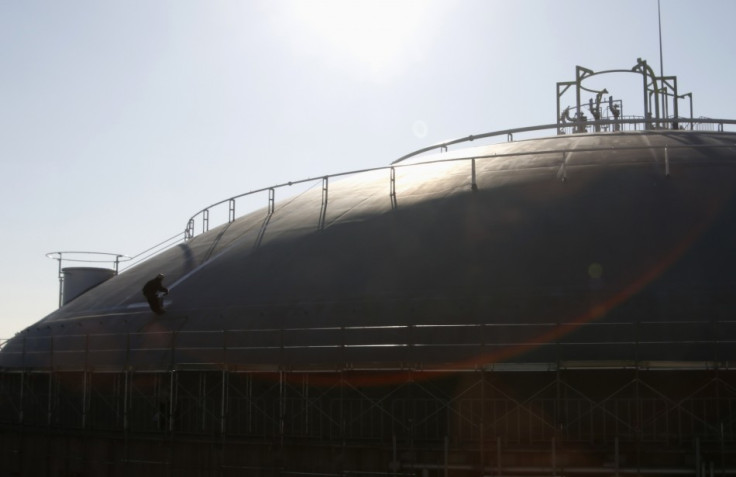China finds 'frozen gas' reserves in South China Sea
Find could lead towards developing the highly-pure fuel as a potential new energy source.

A new reserve of frozen gas or methane hydrates has been discovered in the South China Sea near the Pearl River mouth basin. The find could mark a significant step in the development of the highly-pure fuel as a potential new energy source.
The China Geological Survey made the discovery in the deep ocean beds in the area, according to the Guangzhou Daily. Beijing confirmed three years ago the presence of the combustible ice in the eastern seas near the coast of the Pearl River mouth basin. At the time, it had said that the area could contain the equivalent of 100 to 150 billion cubic metres of natural gas.
According to South China Morning Post, the report made the discovery in three missions, and it indicates the presence of an abundant amount of combustible ice underwater. Combustible ice or methane hydrates refers to ice crystals with gas locked in them.
The authorities however did not say how much natural gas the new reserves may produce.
It is mainly found on the edge of continental shelves where the seabed drops sharply into the deep ocean floor. There are a lot of positives for methane hydrates. It is an attractive potential source of power due to its high energy density.
A cubic metre of the combustible ice contains about 164 cubic metres of regular natural gas due to its compressed state. It is also cleaner than other fossil fuels as it has few pollutants, the newspaper said.
Extraction will prove challenging
Extracting the methane hydrate will be another issue altogether. There are challenges involved and these include the ice melting and the gas dispersing as they are extracted from deep under the sea.
The extraction of gas from methane hydrate could pose considerable environmental risks, especially if the gas leaks during drilling, experts have warned. There are also concerns on the consequences of drilling at seismically unsound areas.
The report said that the latest missions to the area was undertaken by a remote-controlled diving vessel made in China called the Seahorse. The vessel can dive up to depths of 4,500 metres. The western spring has been named "Seahorse Cold Spring" in honour of the vessel, the report said.
Combustible ice has been discovered in more than 100 countries and is buried in the Artic permafrost and beneath the ocean floor.
Japan first country to successfully extract natural gas

In 2013, Japan became the first country to successfully extract natural gas from methane hydrate deposits. The frozen gas, often called 'fire ice' was extracted from the Nankai Trough, off the coast of Japan's Honshu Island. According to the state-owned Japan Oil, Gas & Metals National Corp, the methane hydrate deposits could be big enough to meet the country's energy requirements for hundreds of years.
The government is hoping to make the technology commercially feasible by 2018. "Methane hydrate may start a revolution in Japan as shale gas did in the US but there are still a lot of challenges ahead," Yuji Morita, senior researcher at the Institute of Energy Economics said.
© Copyright IBTimes 2025. All rights reserved.






















